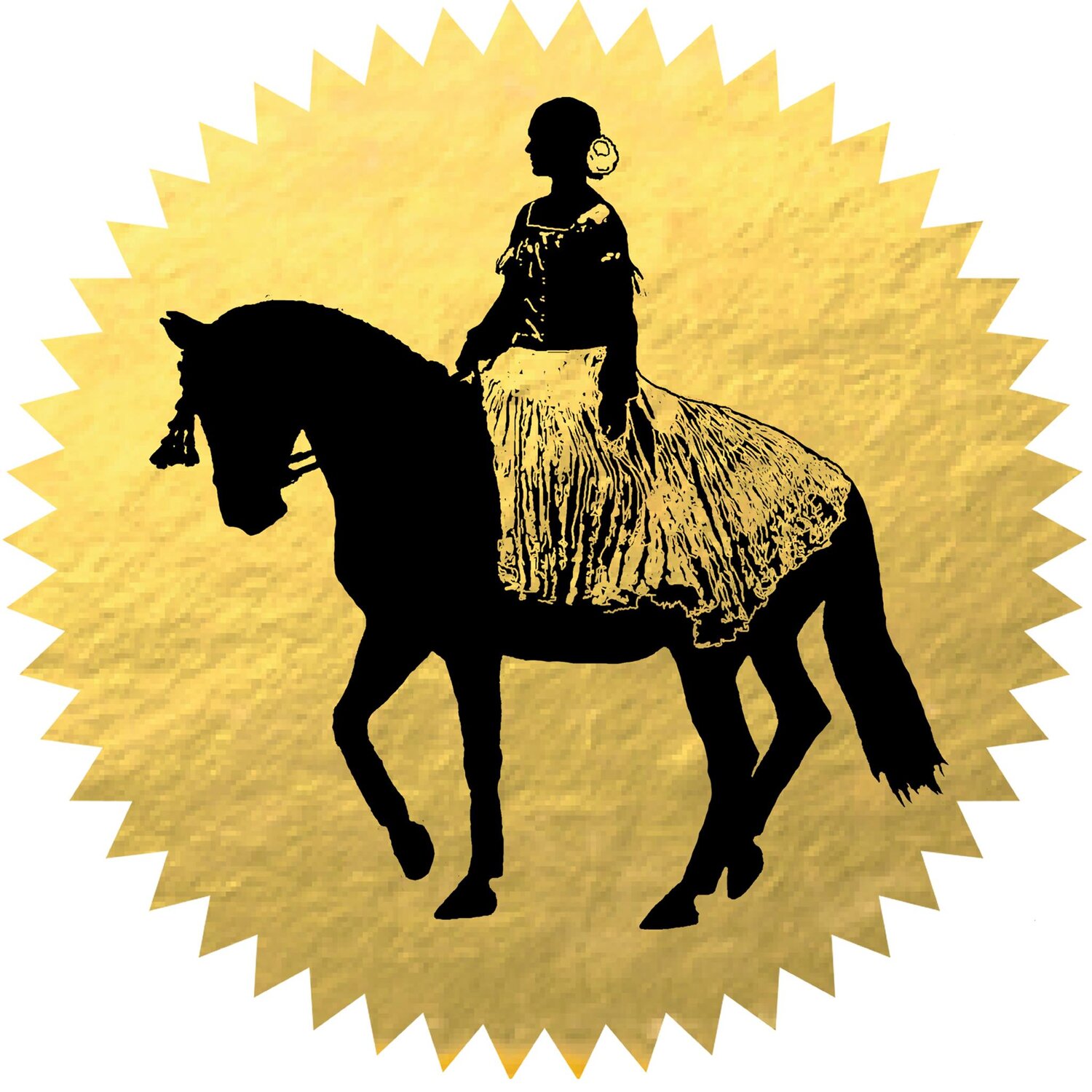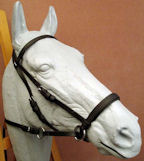Bitless Dressage: How to Fit the Dr. Cook Bitless Bridle
/I consistently receive emails from riders interested in trying the Dr. Cook Bitless Bridle. One of the most popular questions is how to properly fit the bridle. I wanted to make a how-to video for you with my horse Douwe but it is just TOO cold here in Maine! I did find this wonderful video made by Cathie Hatrick-Anderson, another bitless bridle instructor with many years experience using the Dr. Cook Bitless Bridle. She did an excellent job explaining how to adjust the bridle and I have also included information from the Dr. Cook Bitless Bridle website.
"The Bitless Bridle's action depends on leverage applied from a firmly positioned 'O' ring on the cavesson noseband." -Bitless Bridle website
Common Mistakes:
- The most common mistake in fitting is failure to place the noseband low enough. If the Bitless Bridle's noseband is at the same level that is used for a bitted bridle, it is far too high. The bottom edge of the noseband should be not more than 1.5" or 2" (for a small or large horse respectively) from the corner of the horse's mouth.
- The second most common mistake is failure to cinch up the chinstrap sufficiently. Once the level is correct, now cinch up the chinstrap so that only one FLAT finger can be inserted between the back of the jaw and the chinstrap. The noseband should not slide far up the face when tension is applied to the reins. If it does, leverage will be lost and the rider may have to work harder than necessary to communicate. Also, during prolonged use (during an endurance ride for example), a sore place could be rubbed on the side of the horse's face.
- To help keep the noseband snug but also comfortable I use a sheepskin cover or a foam piece under the noseband buckle. The leather bridle has a nice tab that covers the buckle but on the Beta the buckle is exposed to the horse so I like to put some padding there, it also helps to keep it snug without making it uncomfortable for the horse. You can use a Cashel cusion (they sell one on the Dr. Cook Bitless Bridle website) or any chin pad that is meant for a regular bridle.
Before mounting, always check that you have not inadvertently trapped one or more of the crossover straps UNDER the chinstrap.
I started riding Douwe with the bitless bridle quite low, it almost looked like a drop noseband. But over the past two years I have been able to bring it up a little higher and keep the noseband slightly looser. If you have a really sensitive horse that is light in the hand you can keep the noseband a little looser (just one hole) than a stiffer, heavy horse. Just keep an eye on the cheekpieces, if they are bowing out too much then the noseband is probably too loose.
If you have any other questions please post a comment down below or send them to my email: beginthedance@gmail.com
Here is a video of me riding Rovandio in the Dr. Cook English Padded Leather Bitless Bridle. You can see me put on the bridle in the very beginning. Rovandio is very sensitive so I don't need to have it very low on him.
If you are interested in purchasing a Dr. Cook Bitless Bridle you can visit the Training Tools section of my online shop. I have been carrying their Beta and Leather English Bridles for a few years now and have many happy customers! Click here to visit the product page.




